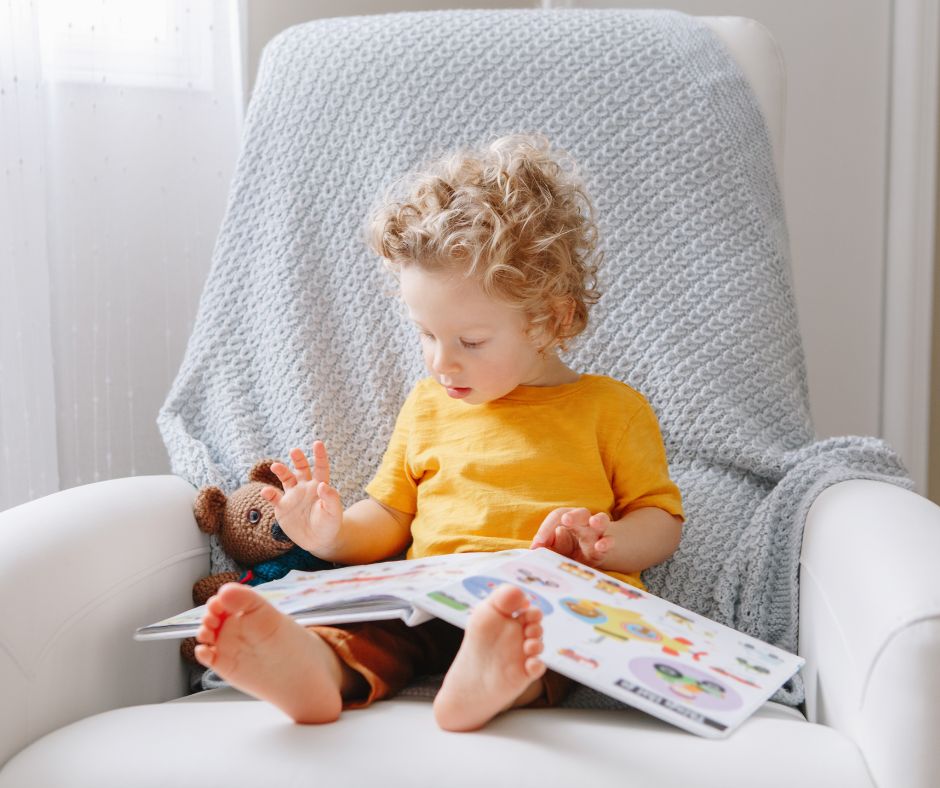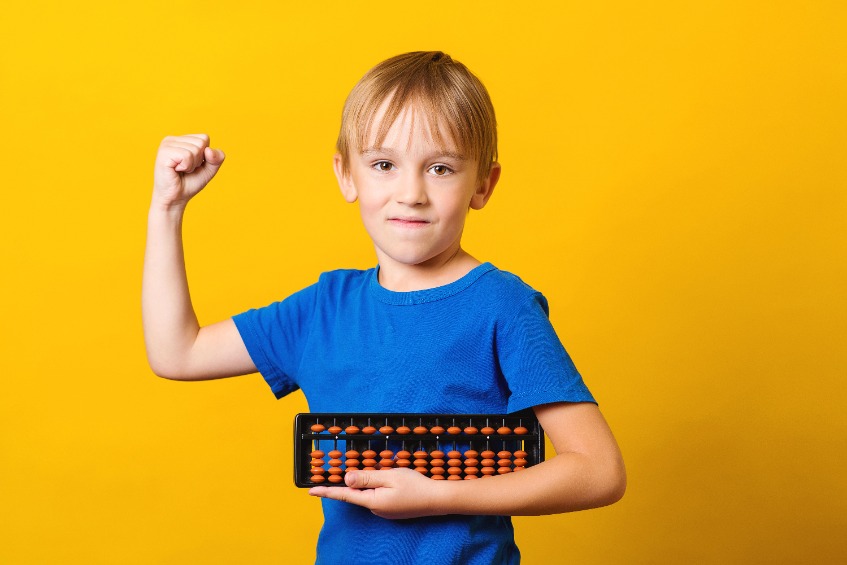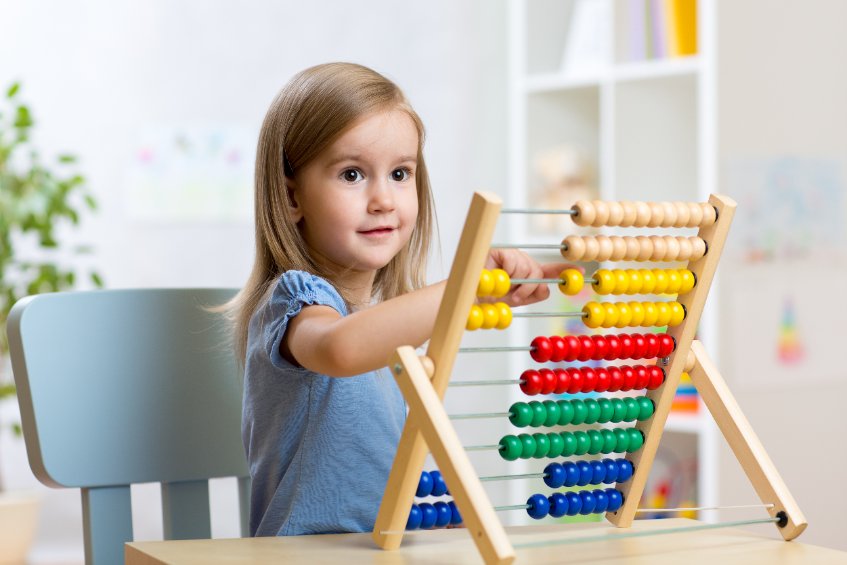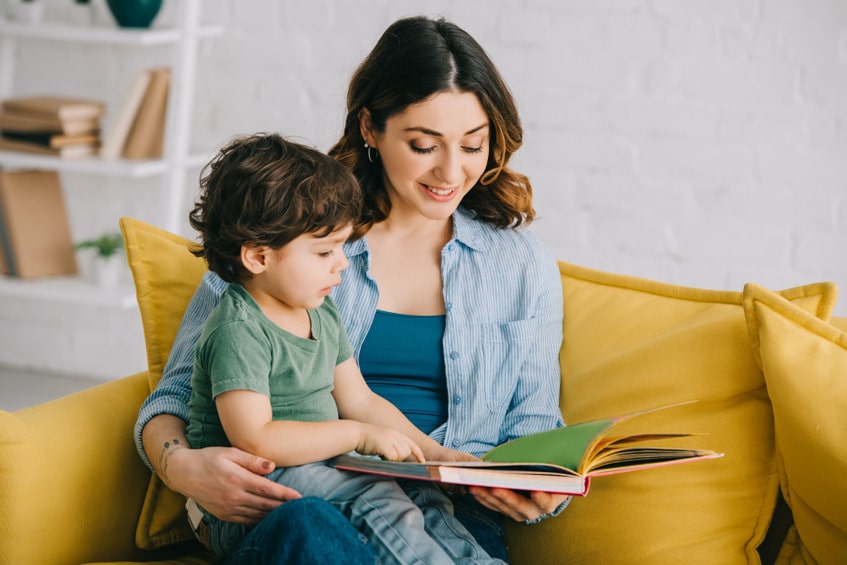In early childhood, children’s brains develop rapidly. They are also susceptible to experiences during this time. As such, parents and educators are always looking for ways to provide the most conducive environment for their growth. One activity that is particularly beneficial for preschoolers is music and movement.

Music and movement promote physical, social, emotional, and cognitive development. It improves gross motor skills, coordination, and balance. Moreover, it allows children to express themselves creatively and develop self-confidence and self-esteem.
Music and movement also provide a platform for children to interact and socialize with their peers. They learn about sharing, cooperation, taking turns, and working together. Music and movement activities can also improve children’s language and communication skills. This is achieved by learning new words and concepts through songs and movement.
This blog will delve into their many benefits for preschool children’s development. We will explore the science behind this activity’s advantages. We will also provide practical tips on how to incorporate music and movement into your preschoolers’ daily routines.
5 Benefits of Music and Movement
Music and movement are powerful tools for promoting preschool children’s healthy development. They offer a fun and engaging way for young children to learn and explore the world around them. Research shows they can significantly affect a child’s physical, social, emotional, and cognitive growth.
This section will discuss some key reasons music and movement benefit preschool children’s development. Music and movement can profoundly impact a child’s early years, from brain development to motor skills and self-confidence. So without further adieu, here’s a closer look at these benefits:
Motor Skills Development
Music and movement activities provide a fun and engaging way for preschool children to develop motor skills. Dancing, clapping, jumping, and moving to the rhythm can help children improve coordination, balance, and strength. For example, dancing helps children develop coordination and balance as they learn to move their bodies in time with the music.
Playing with instruments can also help children develop hand-eye coordination and finger dexterity. These skills are needed for everyday activities, such as dressing, drawing, and writing. Music and movement activities also encourage children to move their bodies differently. This can improve their overall physical fitness and well-being.
Language and Communication Skills
Participating in activities such as singing, learning rhymes, and moving around can greatly help children. Through such activities, they learn new words, ideas, and rhythms.
Engaging in these activities is also enjoyable for children to build their language skills. This can ultimately contribute to their academic success and social interactions.
Additionally, children can develop the capacity to express themselves creatively and confidently. They can learn to articulate their thoughts and feelings. These skills are essential for establishing positive relationships and navigating the social world.
Emotional Development
Preschoolers can learn to express their emotions through music and movement. Children can learn to recognize and regulate their emotions, build self-esteem, and develop empathy for others.
Such activities can also help them develop a sense of belonging and connection with others. This is essential for their emotional well-being. For example, group singing or dancing activities can help children feel a sense of unity and togetherness.
In addition, research has shown that music can also help reduce stress and anxiety in children. This can have a positive impact on their emotional health.
Social Development
Through music and movement, preschoolers can learn to interact and socialize with their peers. They can learn about sharing, cooperation, and teamwork. These are social skills that will benefit them throughout their lives.
For example, playing an instrument in a group can help children learn to listen to others and work together to create music. This can also help them develop a sense of responsibility and commitment to their group.
These social skills are essential for building positive relationships with others. This encourages them to develop empathy and understanding in navigating the social world.
Cognitive Development
Research has shown that musical training can help children develop important cognitive skills. Skills such as memory, attention, and spatial reasoning.
Additionally, movement activities such as dancing can help to develop their spatial awareness. This is so important for mathematical reasoning and problem-solving.
These activities can help children develop their creativity and critical thinking skills. These are essential for academic success and personal growth.
Ways to Use Music and Movement
Parents and educators can incorporate music and movement in a fun and easy ways. Here are some activities to try out:
Music and movement games
This is one of the best ways to use music and movement. Fun games like “Simon Says” can help improve their skills in listening and following directions. While dancing along to a fun song can help develop coordination and gross motor skills. Try dance games like “Freeze Dance.”
Singing and nursery rhymes
Singing children’s songs can help develop language and communication skills. Apart from singing nursery rhymes, you can also ask them to sing their favorite songs. This can also improve your child’s memory and rhythm. Plus, doing this can create a bonding opportunity between you and your kid.
Dancing and creative movement activities
Creating dance routines or using props to move to action songs can help develop gross motor skills, body awareness, and spatial awareness. It can also help them develop a love for physical activity.
Playing musical instruments
Doing so can help develop fine motor skills, hand-eye coordination, and creativity. It can also help foster a love for music and inspire future musical interests.
Music and movement story time
During storytime, act out stories or use instruments to create sound effects. This can help develop imagination, listening skills, and language and communication skills.
Mindfulness activities
Use music and movement as a tool for mindfulness and emotional regulation. Encourage children to focus on their breath and move in sync with the soothing music to help calm their minds and bodies.
Outdoor nature walks
Take them on nature walks and use music and movement to engage with their surroundings. This can help develop curiosity, creativity, and appreciation for nature. In addition, this can provide physical activity opportunities.
In conclusion
Incorporating music and movement into a preschooler’s daily routine is easy but crucial for their development. It can help their cognitive, social, emotional, motor, and language skills. All the while providing opportunities for creativity and self-expression.
Ultimately, music and movement can help set the foundation for well-rounded development. This can benefit your child well into adulthood. So, let us all make an effort to encourage our little ones to move to the beat and sing their hearts out!




 Play in kinetic sand
Play in kinetic sand





